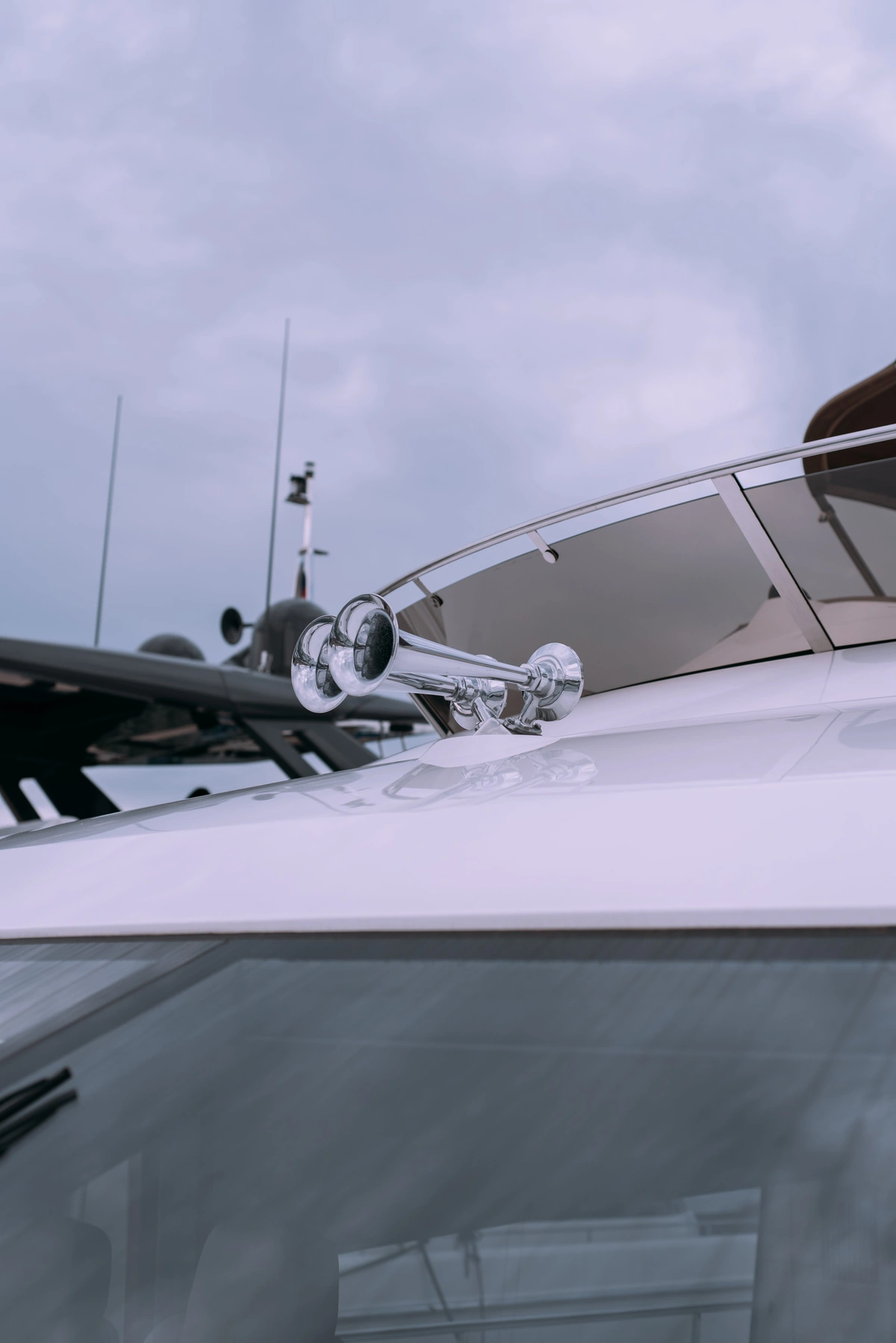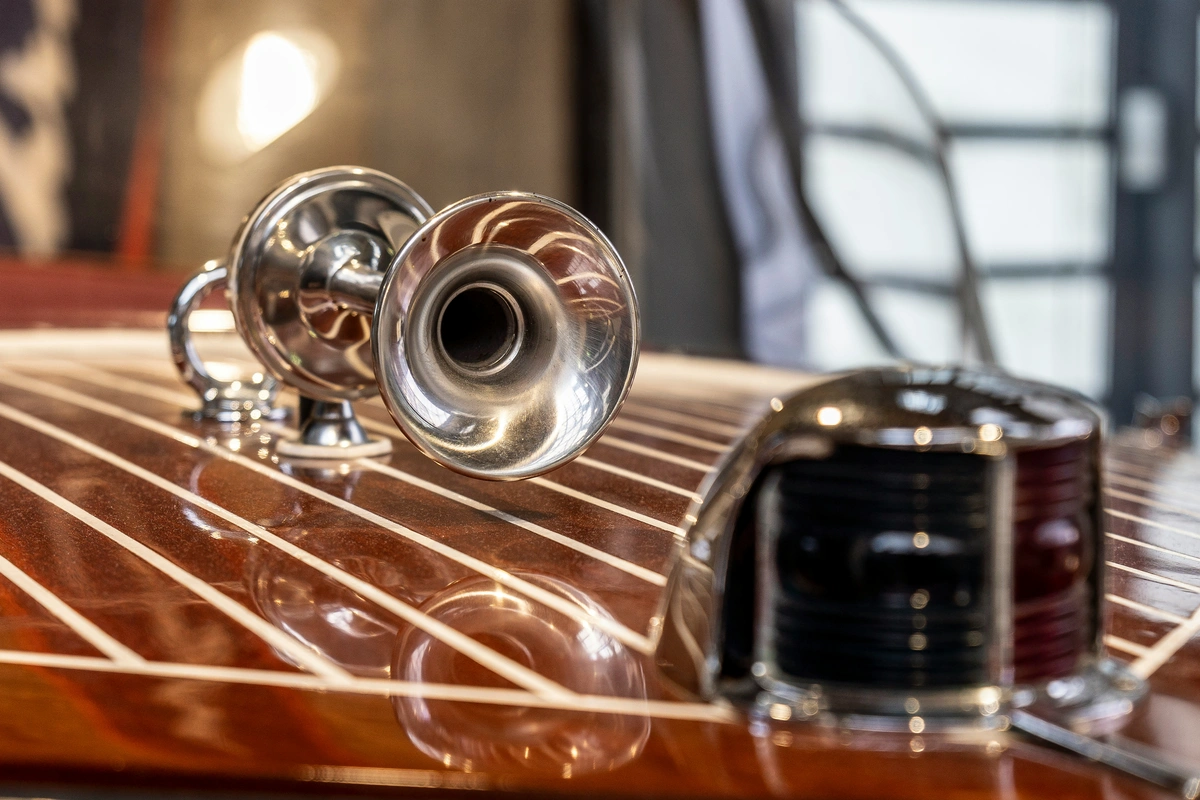Boating Safety: Sound Signals to Know for Safety on the Water

Boating enthusiasts understand the thrill and joy that comes with being out on the water, but they also recognize the importance of safety. One crucial aspect of safe boating is communication. Sound signals play an essential role in conveying messages on the water.
Understanding and using boating safety sound signals is essential for maintaining order and preventing accidents in various maritime situations. Before leaving your private boat dock rental or marina, let’s discuss some sound signals to know.

Photo: Pexels
The Basics of Boating Sound Signals
Boating safety sound signals are a standardized means of communication used by vessels to convey important messages to one another. The International Regulations for Preventing Collisions at Sea (COLREGs) outline specific rules and guidelines for the use of sound signals to avoid collisions and ensure safe navigation while out and about from private boat lift rentals. By law, vessels less than 39.4 feet in length must have some type of sound signaling device on board the boat (this includes jet skis).
Benefits of using Sound Signals
- Way to communicate during low visibility (such as fog or at night)
- Alert other boaters to danger or debris
- Reduce the risk of collisions and other maritime incidents
- Use in addition to boat navigation lights
Types of Sound Signals

Photo: Unsplash
Use a whistle or bell, which should be part of your standard boating safety equipment, to practice these boating sound signals.
Short Blast
- One short blast (approximately one second) indicates an intention to change course to starboard (right).
- Two short blasts signal an intention to change course to port (left).
- Three short blasts indicate the vessel is operating in reverse.
Prolonged Blast
A prolonged blast (4-6 seconds) serves as a warning signal to alert other vessels of an approaching vessel in situations of reduced visibility.
Rapid Succession of Short Blasts
This signal is used when a vessel is in doubt about the actions of another vessel and fears a potential collision. It's an indication of a need for clarification.
Five or More Short Blasts
An emergency signal, five or more short blasts signal danger and a need for immediate attention.
Common Situations Requiring Sound Signals

Photo: PXHere
Encountering Another Vessel
- When two power-driven vessels are in danger of collision, both should sound one short blast to signal their intention to alter course to starboard.
Overtaking Another Vessel
- When overtaking another vessel on its starboard side, the overtaking vessel should sound two short blasts.
Anchored Vessels
- A vessel at anchor must sound a bell for about five seconds every minute. In addition to that, sound a gong if the vessel exceeds 100 meters in length.
Restricted Maneuverability
- Vessels constrained by their draft or towing astern should indicate their status through specific sound signals.
Marine Sound Signal DevicesPermanently Fixed HornMarine Whistle
Air Horn
By adhering to these recommended sound signals outlined in the COLREGs, boaters can enjoy a safer and more organized way of travel whether boating in the open water or near marinas and private boat slip rentals.



